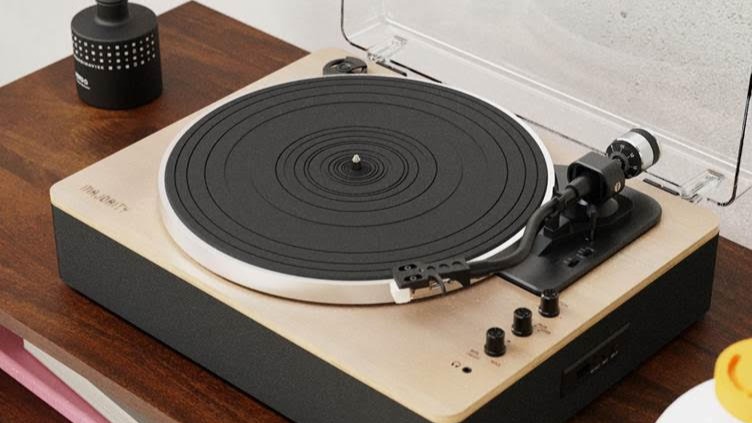Sony Bravia 8 II vs Bravia 8: which OLED TV should you buy?
It’s Sony versus Sony in this fresh sibling rivalry. But which model deserves the coveted space on your media unit?
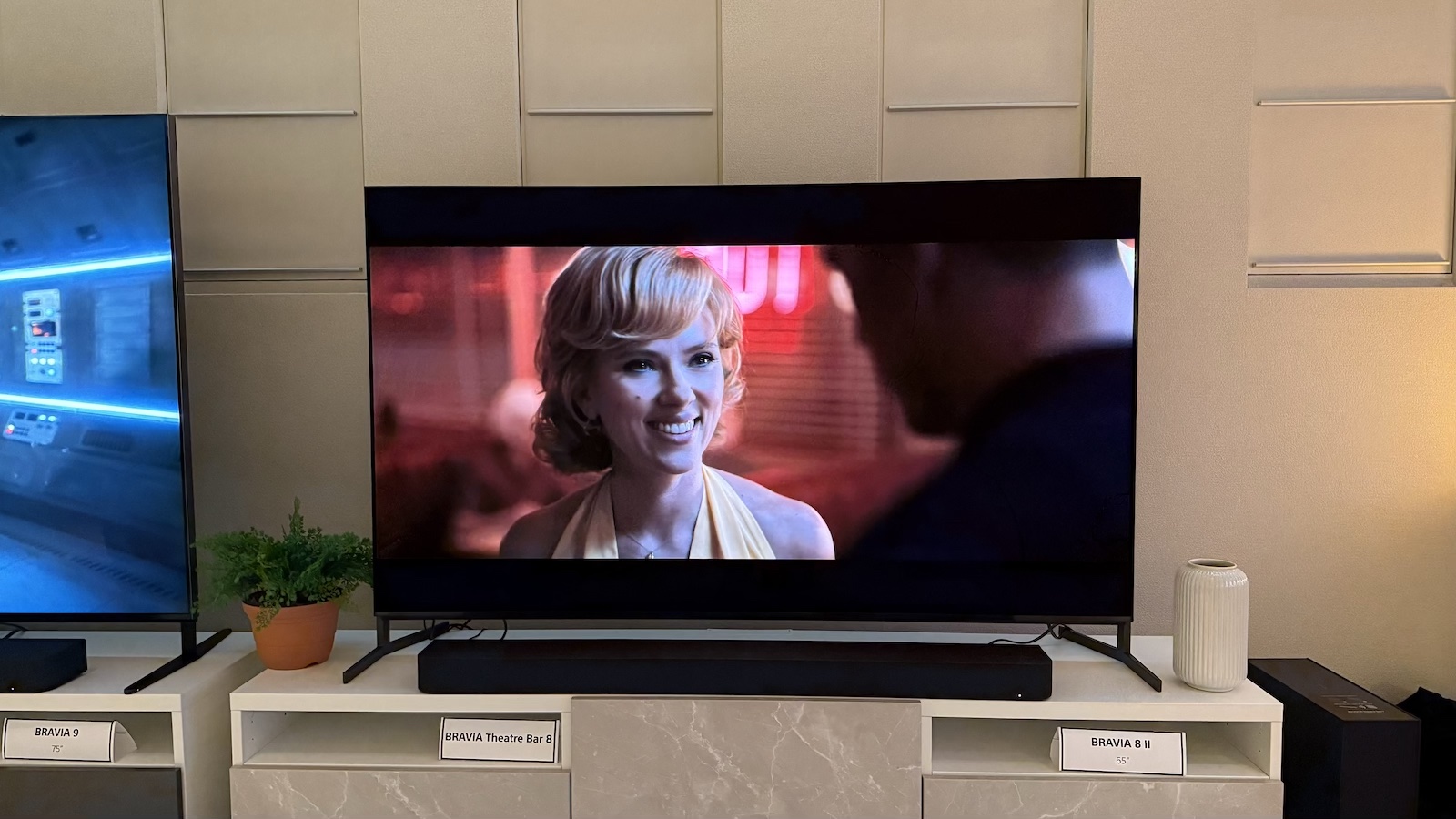
The competition for the best OLED TV is more fierce than ever, with Sony’s 2025 TV lineup entering the fray. The headline model, the Bravia 8 II, promises to deliver significant improvements over the awesome A95L, particularly in the brightness department.
But how will it fare against last year’s five-star-rated Bravia 8, which it will sit alongside in the 2026 range?
Before we dive into the detailed comparison, it's important to note that while we've fully reviewed the Bravia 8, we've only had a comparatively brief hands-on session with the Bravia 8 II.
Until we put the new model through its paces in our test rooms, this comparison will be based on our experiences to date and the respective specs of the two TVs. Naturally, we’ll update this piece once we've conducted our full review of the Bravia 8 II.
Sony Bravia 8 II vs Bravia 8: price, sizes, and release date
Despite the Sony Bravia 8 II being positioned at the more premium end of Sony's 2025 lineup, it surprisingly comes in at a more competitive price point than we initially expected.
In the UK (we don't yet have US or Australian pricing), the 55-inch model is priced at £2499, while the 65-inch version costs £2999. Both versions are set to start shipping on 6th June 2025.
This pricing is particularly noteworthy when compared with that of the A95L that it replaces, which launched at £2999 for the 55-inch model, and £3699 for the 65-inch version – making the Bravia 8 II around £500-700 cheaper than its predecessor at launch.
The Bravia 8, which is the subject of today's comparison, officially sits below the Bravia 8 II in Sony's range. It launched at £2199 / $2000 / AU$2995 for the 55-inch model, £2699 / $2800 / AU$3995 for the 65-inch version, and £3999 / $3900 / AU$6495 for the 77 incher.
Having now been on sale for around a year, the Bravia 8 has also been on the receiving end of a fair few discounts so is now available for significantly less than it was at launch.
Here's a table with the launch prices of the Bravia 8 and Bravia 8 II, and below that you will see the latest and lowest prices for the Bravia 8.
Screen size (inches) | Sony Bravia 8 | Sony Bravia 8 II |
|---|---|---|
55 | £2199 / $2000 / AU$2995 | £2499 / $TBC / AU$TBC |
65 | £2699 / $2800 / AU$3995 | £2999 / $TBC / AU$TBC |
77 | £3999 / $3900 / AU$6495 | No such model |
Sony Bravia 8 II vs Bravia 8: design and build
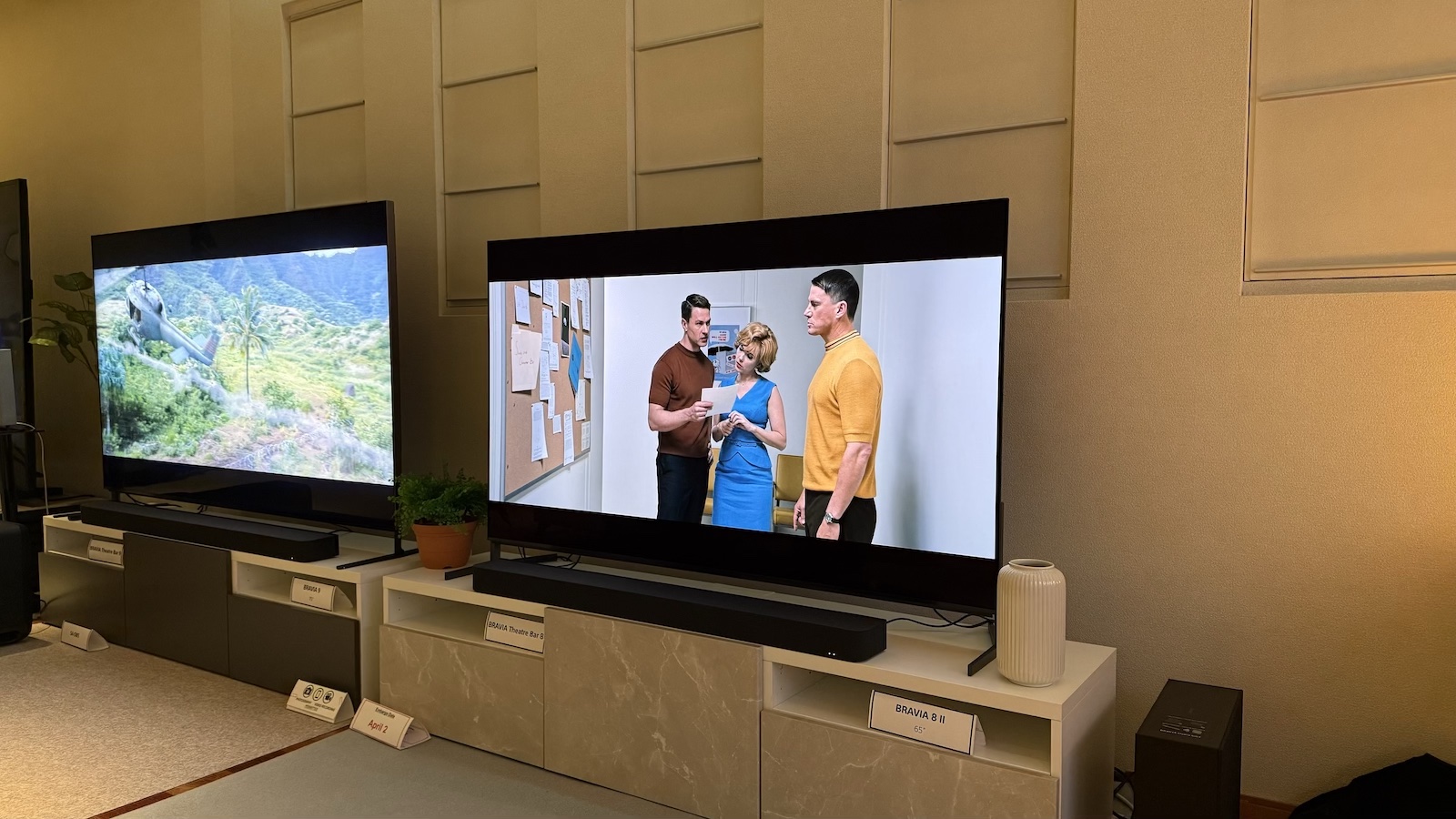
The Bravia 8 II appears to share much of its design with the A95L. It features a slim profile with a premium metal edge, and the same two-way stand that can be positioned to either sit the TV directly on your furniture, or raise it slightly to accommodate a soundbar underneath.
At 34mm in thickness, the Bravia 8 II is 3mm thinner than the Bravia 8 (not that you’d notice), despite housing the Acoustic Surface Audio+ technology that uses actuators to vibrate the screen itself to produce sound. More on that later.
Both TVs use blade-style feet, but the Bravia 8 II's can only be positioned at the furthest extremes of the TV's bottom edge. This means that it can't be placed on furniture narrower than the set's width (122cm for the 55-inch model and 145cm for the 65-inch version).
While the feet can't be positioned closer to the centre of the chassis, they can be extended to lift the TV a few centimetres to accommodate a soundbar.
Sony Bravia 8 II vs Bravia 8: features and connectivity
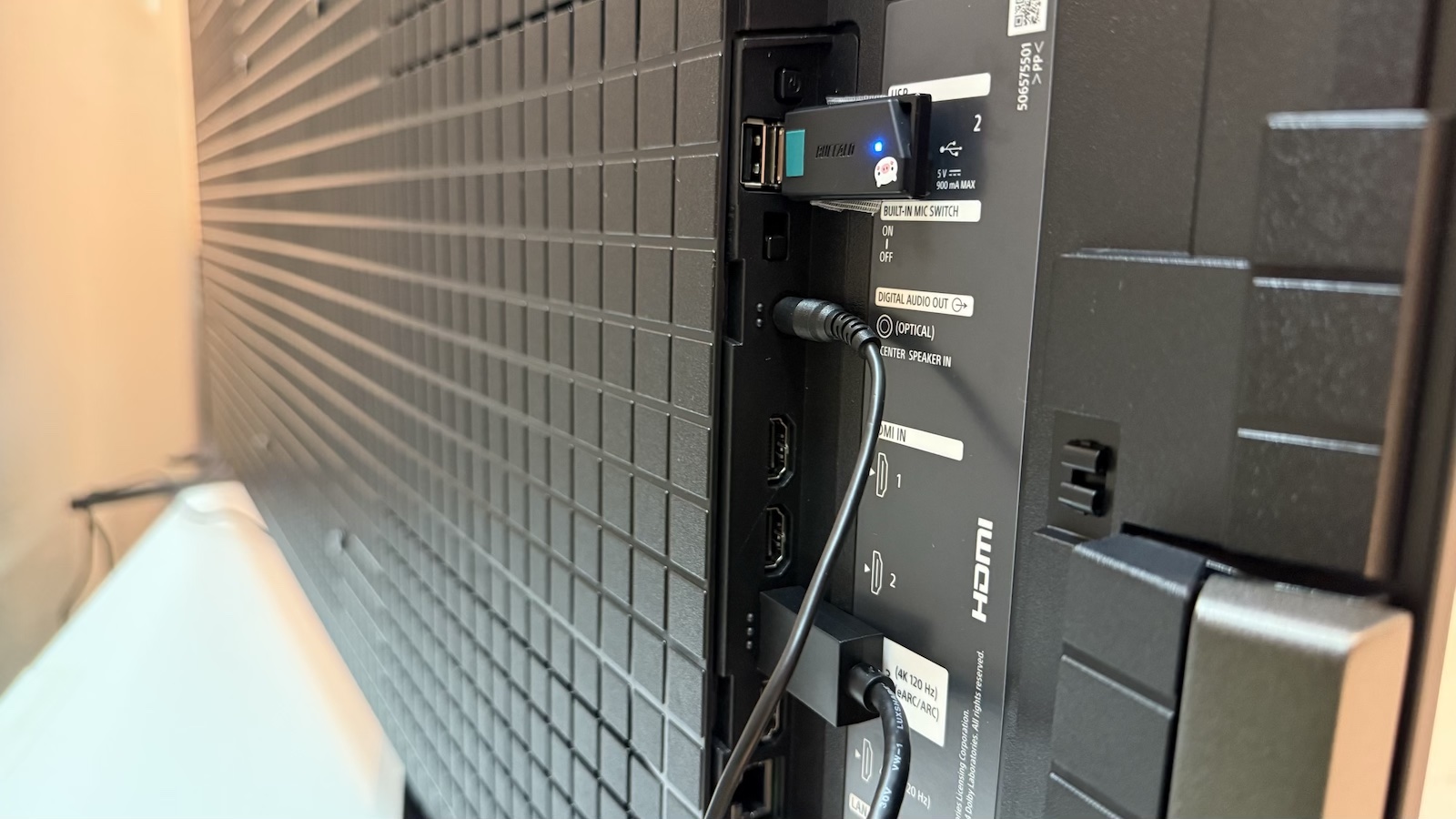
Both models are powered by Google TV, which offers a slick and user-friendly experience, with access to all the major streaming services you’d expect.
As for connectivity, both sets include four HDMI ports – two of those are HDMI 2.1 spec with support for 4K/120Hz, VRR and ALLM for next-gen gaming, while the other two are 2.0 affairs.
Unfortunately, one of those HDMI 2.1 ports also doubles as the eARC connection for external audio systems.
This means that if you have an eARC speaker connected along with multiple gaming devices (such as a Sony PlayStation 5 and Xbox Series X), you'll need to choose which one gets the full-fat HDMI 2.1 connection – or resort to cable swapping.
That's a limitation compared with competitors such as LG, which offers four HDMI 2.1 ports on its OLED models, including the new LG G5 and LG C5.
Both TVs feature Sony's 'Perfect for PlayStation 5' features, which allow the TV to automatically adjust settings when connected to a PS5 console. This is handy for getting a pretty accurate HDR game performance with zero effort, but we generally find that these automatic settings are just shy of spot-on.
HDR format support on both TVs includes HDR10, HLG, and Dolby Vision, but as with all Sony TVs, neither supports HDR10+.
Elsewhere, the Bravia 8 II benefits from an updated version of Sony's XR Processor, which includes what Sony calls "AI Scene Recognition" – a feature that analyses scene data in real-time for optimised picture performance.
Sony Bravia 8 II vs Bravia 8: picture quality
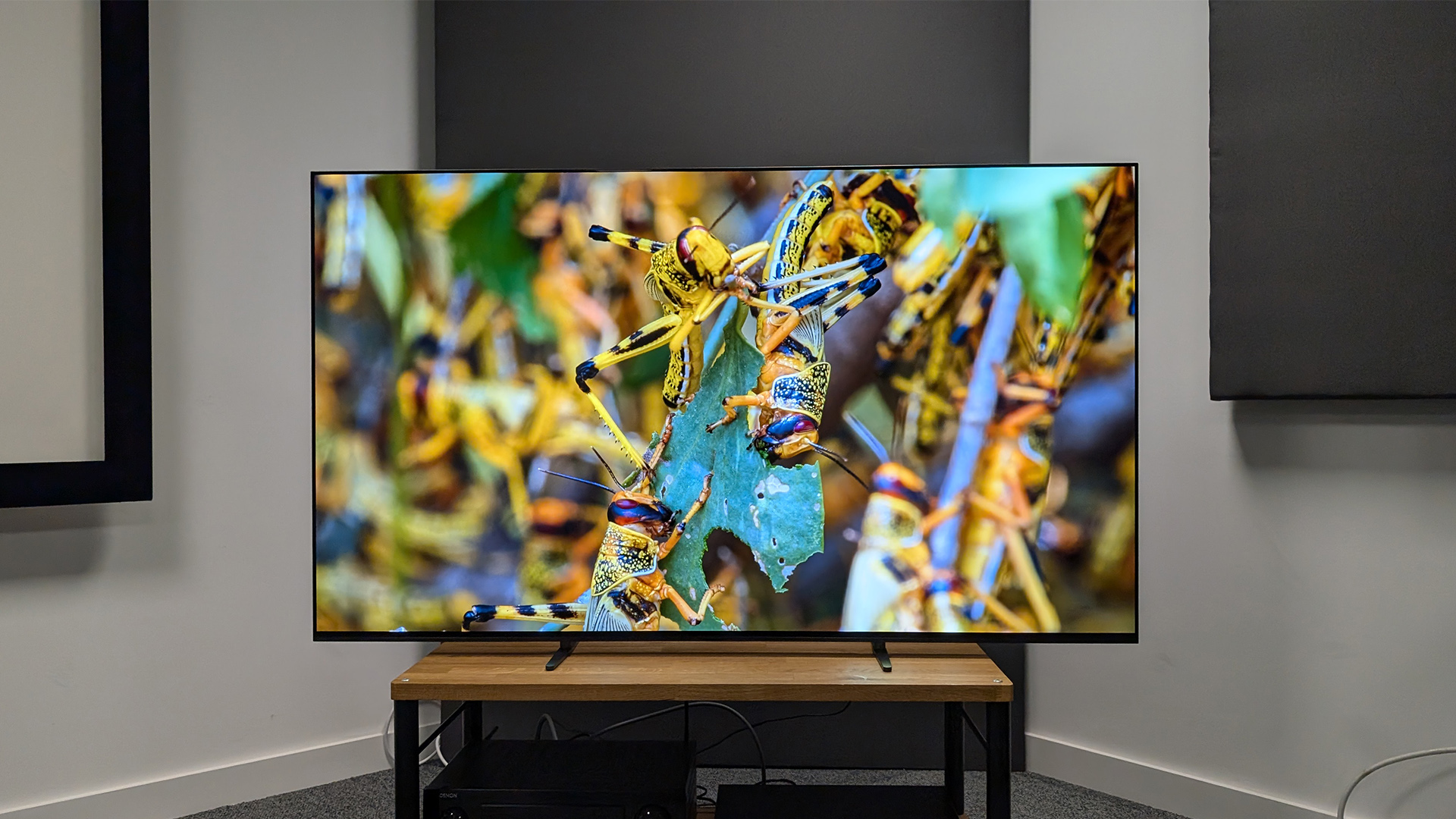
This is where things get interesting, and where the two models are really set apart. Despite the similar naming convention, the Bravia 8 II uses a latest-generation QD-OLED panel, while the Bravia 8 employs a standard WOLED panel.
The Bravia 8 II's QD-OLED panel, combined with Sony's XR Triluminos Max technology, promises significant improvements in brightness and colour volume over both the Bravia 8. In fact, according to Sony, the Bravia 8 II is 50% brighter than the Bravia 8.
This increased brightness should allow the Bravia 8 II to push highlights higher without compromising colour purity – a traditional limitation of WOLED technology. The result should be punchier highlights and more vibrant detail while maintaining the perfect black levels OLED is known for.
While we’ve yet to properly put the Bravia 8 II through its paces in our testing rooms, our hands-on session at Sony's Tokyo HQ revealed better brightness handling than the A95L and competing models, with bright highlights maintaining better detail and more natural warmth. In dark scenes, the Bravia 8 II also showed improved shadow detail and better low-light colour volume.
The Bravia 8, which we've fully tested, delivers excellent picture quality in its price bracket, with the typically perfect blacks and infinite contrast that OLED technology is known for. In our review, we praised its natural, authentic picture quality and excellent motion handling, though we did note it's not the brightest OLED on the market – something the Bravia 8 II specifically aims to address.
Both TVs benefit from Sony's excellent motion processing and colour accuracy, but the QD-OLED technology in the Bravia 8 II should provide a punchier, more vibrant picture, particularly with HDR content. Watch this space.
Sony Bravia 8 II vs Bravia 8: sound
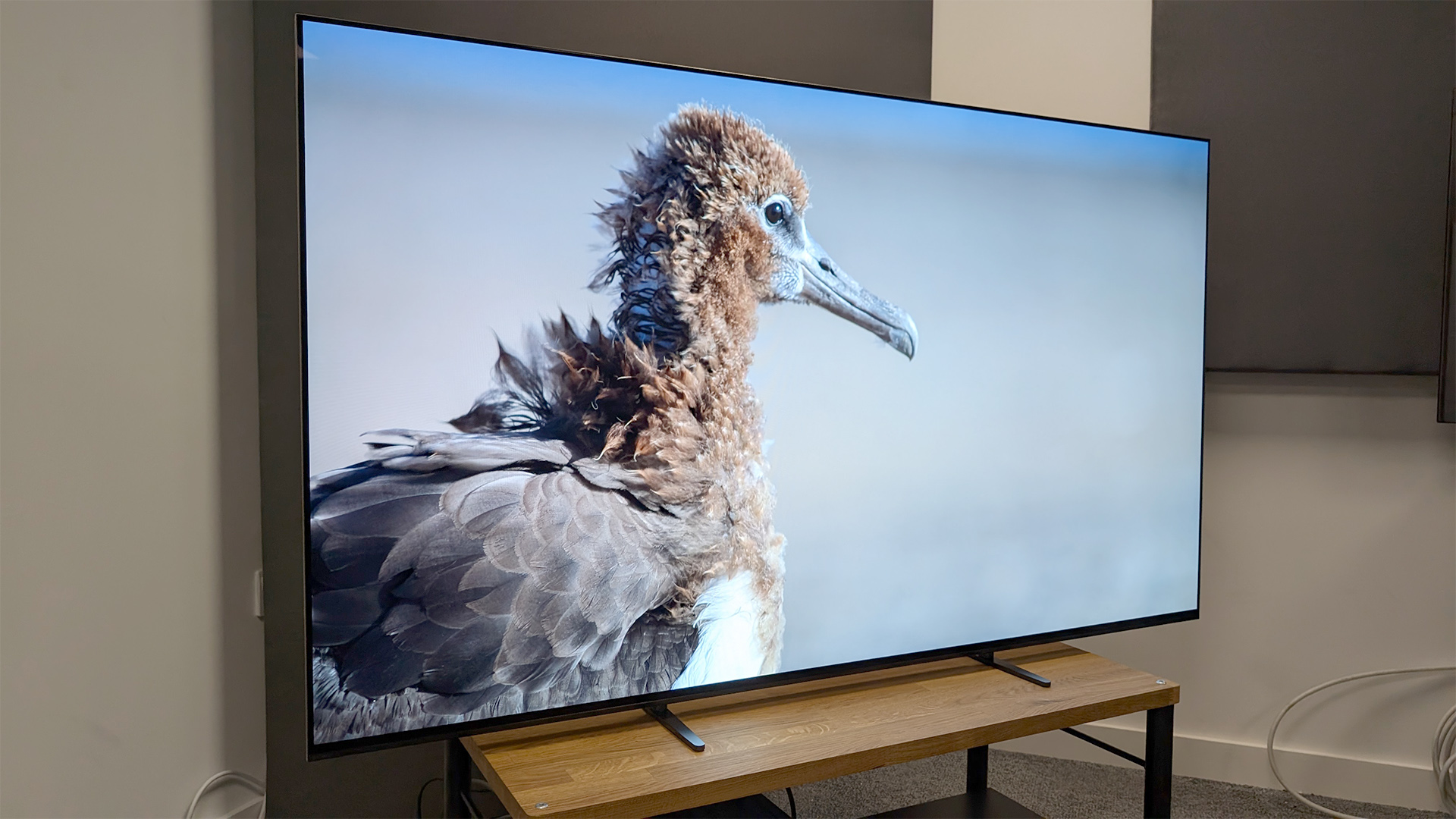
Both Sony models feature the company’s Acoustic Surface Audio+ technology, which uses actuators attached to the screen itself that vibrate the panel to produce sound, effectively turning the entire display into a speaker.
This creates a more immersive audio experience where sound appears to come directly from the relevant part of the image, unlike conventional TV speakers that fire downward or from the rear.
There are, however, differences between the two sets. The Bravia 8 II inherits the audio system from the A95L, with two actuators and two subwoofers, while the Bravia 8 uses a similar, but slightly less advanced version of this tech, featuring two smaller actuators and only one subwoofer.
If the Bravia 8 II does indeed sound the same as the A95L, it will be weightier, more enveloping and more dynamic.
Both TVs support Dolby Atmos, and both feature Sony's Voice Zoom technology for enhancing dialogue clarity, with the Bravia 8 II specifically sporting Voice Zoom 3.
If paired with compatible Sony sound systems such as the Bravia Theatre Bar 9, both TVs can also use Acoustic Centre Sync, which allows the TV and soundbar to work together for a more unified soundstage (at least in theory).
Sony Bravia 8 II vs Bravia 8: early verdict
While we'll need to wait until we have the Bravia 8 II in our test rooms for a definitive assessment, the early signs are promising. With a significantly brighter QD-OLED panel, enhanced processing, and a surprisingly competitive price point, the Bravia 8 II appears to build meaningfully on the excellent A95L.
As for the Bravia 8, it remains an excellent OLED TV in its own right, offering Sony's typically accurate picture processing and natural colours at a lower price point. It remains a solid choice if you're looking for a premium OLED experience without stretching to the higher price of the Bravia 8 II.
We look forward to putting the Bravia 8 II through our rigorous testing process to see exactly how it stacks up against not only the Bravia 8, but also 2025's other flagship OLED contenders from the likes of LG, Samsung and Panasonic. Stay tuned.
MORE:
Here are all the new Sony 2025 TVs
And these are the best TVs we recommend
Check out the best OLED TVs available right now
Get the What Hi-Fi? Newsletter
The latest hi-fi, home cinema and tech news, reviews, buying advice and deals, direct to your inbox.

You must confirm your public display name before commenting
Please logout and then login again, you will then be prompted to enter your display name.
